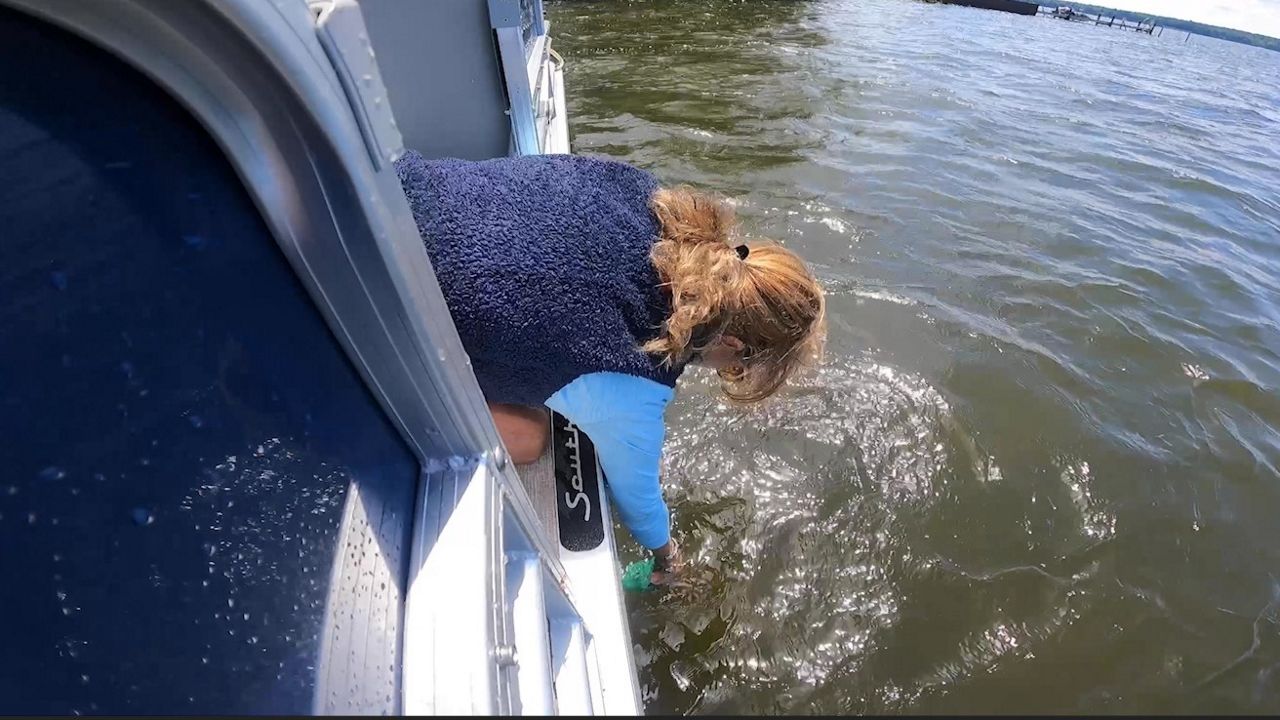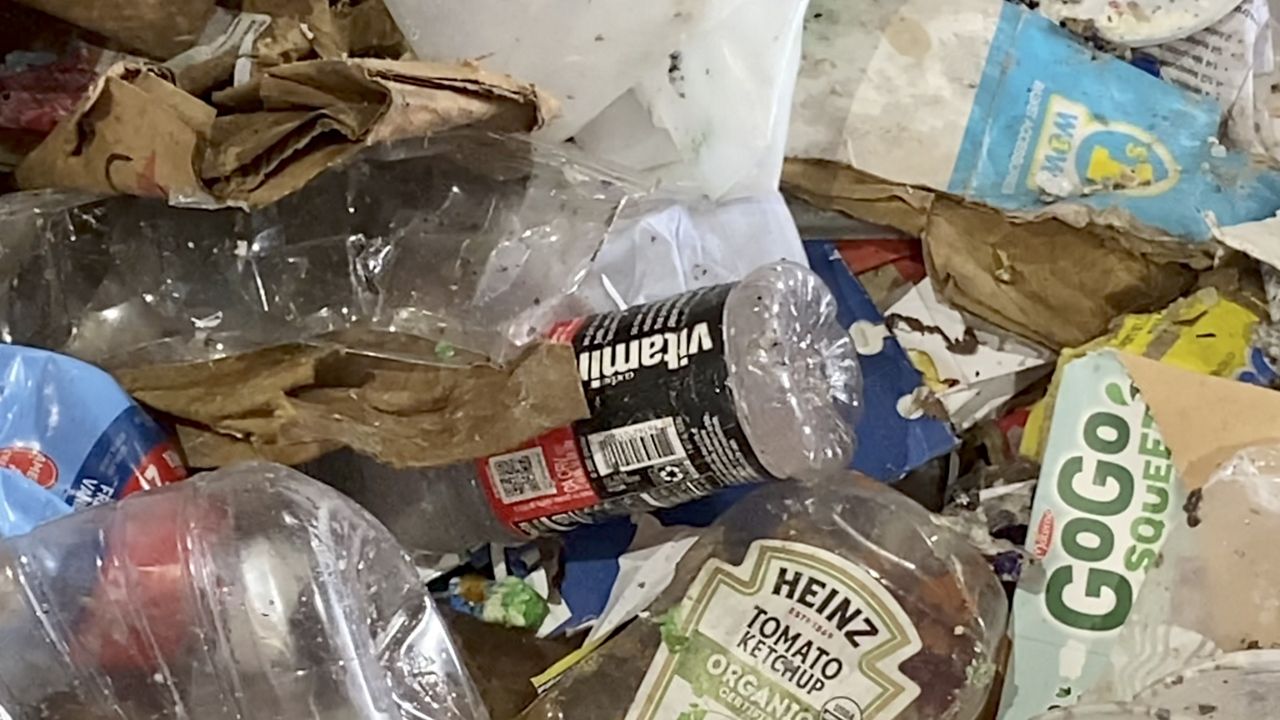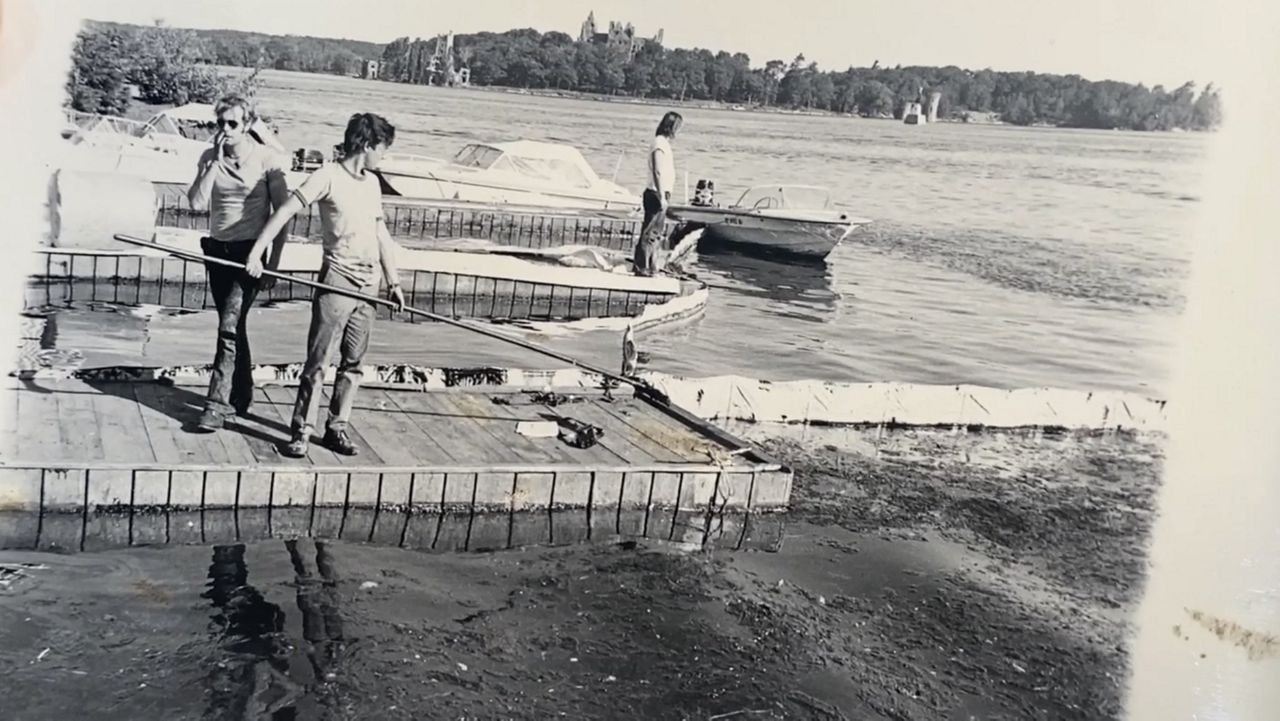The Environmental Protection Agency has proposed that it be a requirement within the next 10 years that water systems replace lead service lines with limited exceptions. The director of OCWA-Central New York’s Water Authority says, in some respects, it is feasible.
“We are gently scrapping the pipe as it comes into your home to see an indication of what it is made out of," said Jeff Brown, executive director for OCWA – Central New York’s Water Authority. "In this particular case, it is shinny and similar to the color of a quarter which would indicate that it is lead."
Brown says when it comes to the unknown service lines, they have made extensive efforts to try and get their customers to report what their service line materials are made of so they can identify whether or not there is an issue.
“About 70,000 of our 106,000 customer services identified," Brown said. "So, we know what their materials are made of. It’s that additional 36,000 services that we don’t know.”
In an effort to crack down on lead service lines, the EPA has proposed that all lead service lines be replaced within the next 10 years. Brown says they have the equipment and ability to do it but there are some challenges such as funding and how it will be allocated.
“There’s also a very important issue of getting access to go on people’s homes," Brown said. "Right now, we are not allowed to go on private property. If a resident does not want us there or even if they want us there to spend money on private property. So that’s an issue that we’re going to have to resolve here at the local level or state level.”
Brown says it can be a lengthy process to replace lead pipes.
“Some service replacements are more challenging than others depending on where they’re located," Brown said. "Are they below a sidewalk or are they just out in an open yard?”
Although lead is the most talked about issue, there are other contaminants that the water authority tests for daily such as chlorine and turbidity.
“Turbidity is basically how cloudy the water is," Brown said. "The more cloudy the water is, the more chance there is for harmful contaminants to be in the water. “
Brown says there are also emerging contaminants, known as PFAS compounds.
“There’s multiple different types of PFAS Compounds that are out there," Brown said. "That’s really I would say a focus area right now. These are called forever compounds because they just were made and it’s tough to get rid of them.”
When it comes to these contaminants, Brown says they are below action level and are constantly monitoring and testing their drinking water.








